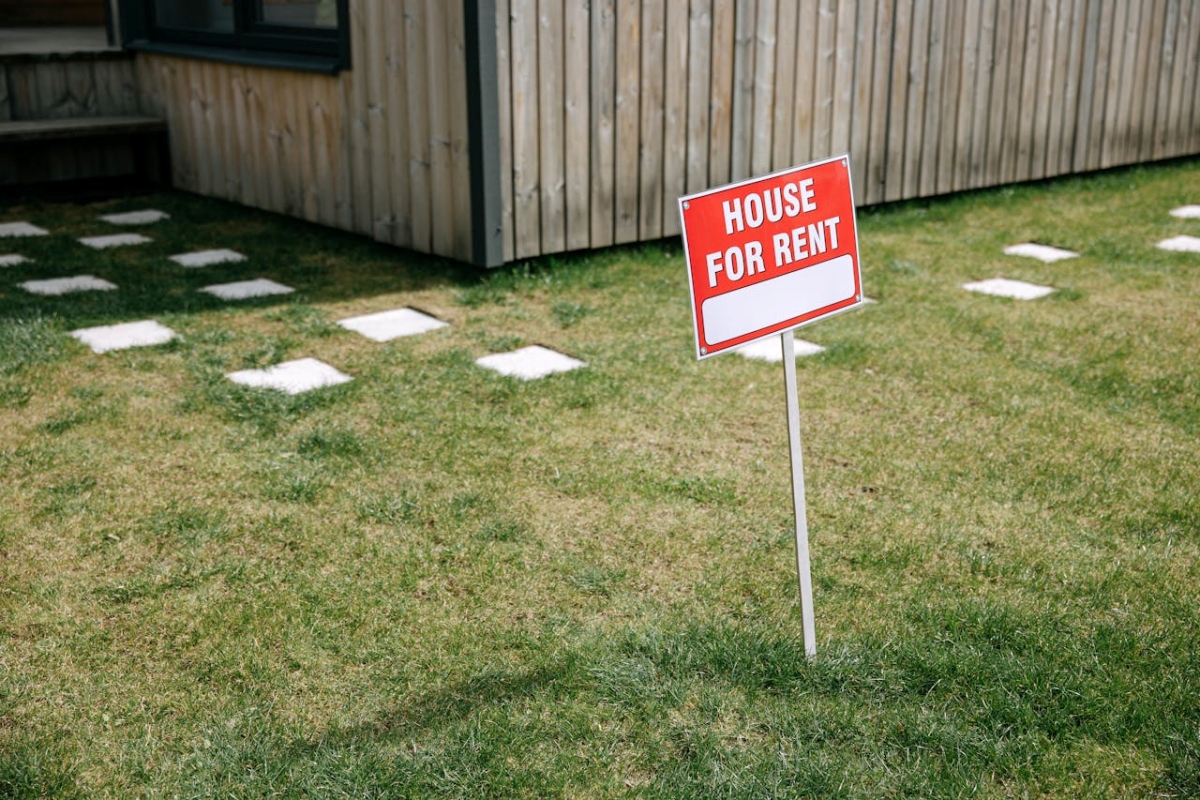Turning your primary residence into a rental property can be a smart financial move, offering additional income while retaining your home. However, it’s not a decision to take lightly. There are essential factors to weigh before embarking on this path. Whether you’re seeking extra income or considering a house-sharing arrangement, understanding the ins and outs of renting while still living in your home is crucial. Let’s explore what you need to know to make an informed decision.
Legal and Zoning Regulations
“Can you rent out your house and still live there?” It’s an option many homeowners consider, but before taking the plunge, it’s essential to research local laws and zoning regulations. Some jurisdictions impose restrictions on renting portions of primary residences or may require permits for specific arrangements. Understanding these rules upfront can help you avoid legal complications and potential fines.
In addition, homeowner associations (HOAs) often have their own set of rules. These may include limits or outright prohibitions on renting within a community. Reviewing HOA guidelines and consulting a real estate expert can ensure you remain compliant while setting up your rental arrangement.
Financial Implications
Renting out a portion of your home comes with financial considerations. For starters, income from rental payments may be taxable, requiring accurate record-keeping for tax purposes. However, you may also be eligible for deductions, such as maintenance and repair costs related to the rental space.
Another critical factor is your homeowner’s insurance policy. Standard policies often don’t cover rental arrangements, so you may need additional coverage. Contacting your insurance provider to discuss your plan can help protect you and your property in the long run.
Space Allocation and Privacy
If you’re asking, “Can you rent out your house and still live there?” It’s essential to assess how shared spaces will work. Clearly define which areas are private and which are shared with the tenant. This clarity avoids future conflicts and ensures a harmonious living arrangement.
Establishing boundaries is vital, especially if tenants will share amenities like kitchens, bathrooms, or outdoor spaces. Installing separate entrances or partitions can enhance privacy and make the arrangement more appealing to potential renters.
Tenant Selection Process
Choosing the right tenant is critical to a successful rental experience. Conduct thorough background checks, including credit history, references, and employment verification. Trustworthiness and reliability should weigh heavily in your decision.
It’s also wise to set clear expectations and agreements upfront. Drafting a detailed lease agreement that outlines responsibilities, rent payment terms, and rules for shared spaces ensures everyone is on the same page. Open communication from the start can prevent misunderstandings later.
Maintenance and Upkeep Responsibilities
Renting out part of your home means additional responsibilities for maintenance and repairs. You’ll need to address issues promptly to maintain a positive landlord-tenant relationship and ensure the property remains in good condition.
Regular inspections and a proactive approach to maintenance can save time and money in the long run. Consider establishing a shared maintenance plan for tasks such as yard work or garbage disposal to reduce potential conflicts with your tenant.
So, “Can you rent out your house and still live there?” Absolutely, but it requires careful planning and consideration. From understanding legal requirements to ensuring smooth tenant relationships, there are many aspects to address. Making informed decisions can transform your home into a valuable income source while maintaining your living space. Take the next step today by evaluating your property and researching local regulations to start your rental journey with confidence.
